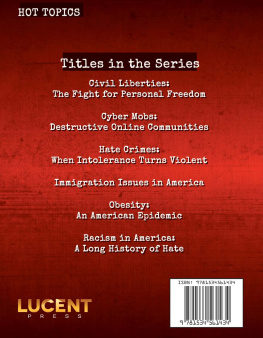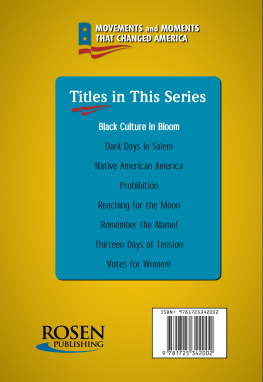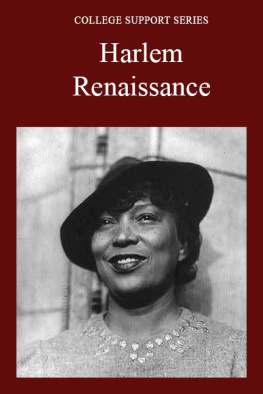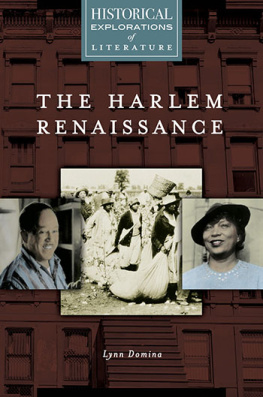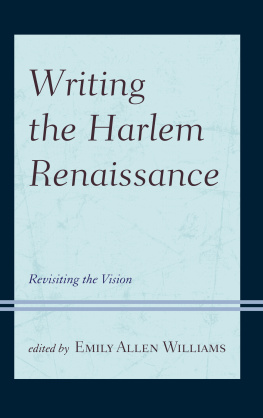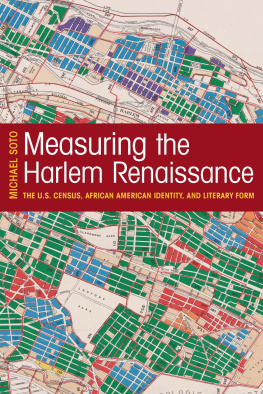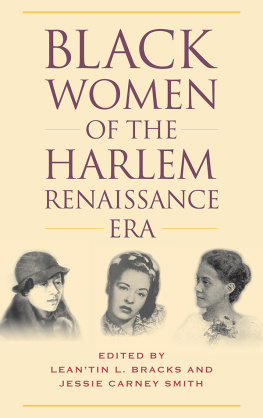
Published in 2021 by Cavendish Square Publishing, LLC
243 5th Avenue, Suite 136, New York, NY 10016
Copyright 2021 by Cavendish Square Publishing, LLC
First Edition
No part of this publication may be reproduced, stored in a retrieval system, or transmitted in any form or by any meanselectronic, mechanical, photocopying, recording, or otherwisewithout the prior permission of the copyright owner. Request for permission should be addressed to Permissions, Cavendish Square Publishing, 243 5th Avenue, Suite 136, New York, NY 10016. Tel (877) 980-4450; fax (877) 980-4454.
Website: cavendishsq.com
This publication represents the opinions and views of the author based on his or her personal experience, knowledge, and research. The information in this book serves as a general guide only. The author and publisher have used their best efforts in preparing this book and disclaim liability rising directly or indirectly from the use and application of this book.
Portions of this work were originally authored by Stuart A. Kallen and published as The Harlem Renaissance (American History). All new material this edition authored by Meghan Green.
All websites were available and accurate when this book was sent to press.
Cataloging-in-Publication Data
Names: Green, Meghan.
Title: The Harlem Renaissance / Meghan Green.
Description: New York: Cavendish Square, 2021. | Series: Turning points | Includes index. Identifiers: ISBN 9781502657688 (pbk.) | ISBN 9781502657695 (library bound) | ISBN 9781502657701 (ebook)
Subjects: LCSH: Harlem Renaissance--Juvenile literature. | African Americans--Intellectual life--20th century--Juvenile literature. | African Americans--History-1877-1964-Juvenile literature. | African American intellectuals-New York (State)-New York-History--20th century--Juvenile literature. | African American arts-20th century-Juvenile literature. | Harlem (New York, N.Y.)--Intellectual life-20th century-Juvenile literature. Classification: LCC E185.89.I56 G72 2021 | DDC 810.9896073-dc23
Editor: Jennifer Lombardo
Copy Editor: Michelle Denton
Designer: Deanna Paternostro
Some of the images in this book illustrate individuals who are models. The depictions do not imply actual situations or events.
CPSIA compliance information: Batch #CS20CSQ: For further information contact Cavendish Square Publishing LLC, New York, New York at 1-877-980-4450.
Printed in the United States of America

TABLE OF CONTENTS
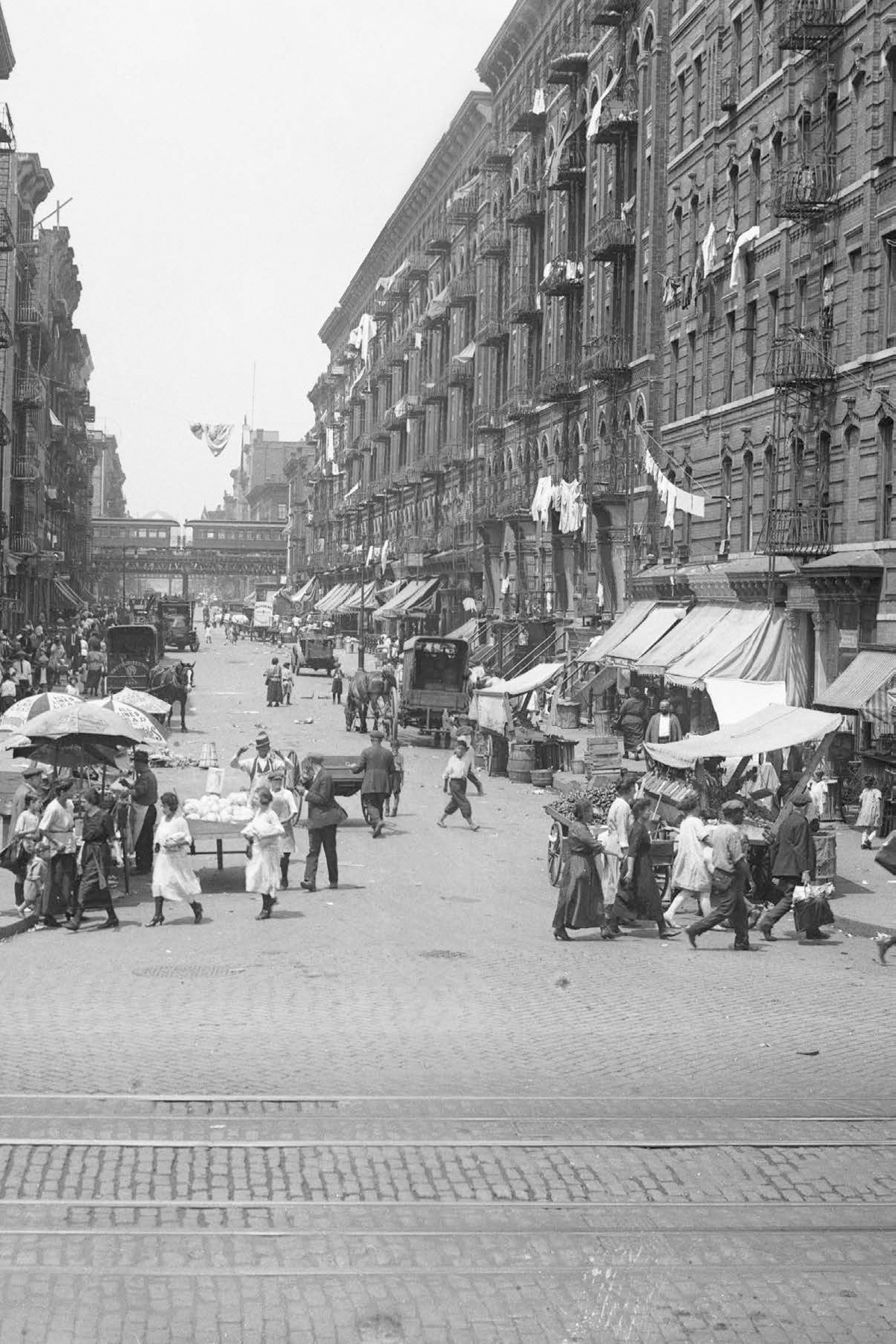
In the 1920s, Harlem (shown here ) was a neighborhood of contradictions. Although it was a hotbed of cultural creativity, many of the residents were too poor to afford much of the entertainment that was available there.
INTRODUCTION
THE REVIVAL OF A CULTURE
T he word renaissance means revival or rebirth. Its most frequently used to describe the revival of art and literature that occurred in Europe between the 14th and 16 th centuries, but other groups have also experienced their own cultural renaissance. For many black Americans, a renaissance began in the 1920s. Harlem, a neighborhood in New York City, was the focal point; between 1918 and the mid-1930s, the neighborhood thrived as a centerpiece for black American culture and the movement known as the Harlem Renaissance.
The movement was primarily led by black writers, actors, singers, artists, and jazz and blues musicians. They came from many backgrounds and did not necessarily share the same beliefs about art, politics, or society. However, they all shared a common goal: They wanted to provide a voice for the 10 million black Americans trying to coexist with the 80 million white people living in the United States.
Working Toward Equality
The Harlem Renaissance lasted for about 12 years, beginning as World War I ended in 1918 and tapering off in the 1930s. However, the movements impact lingered for several decades and, in fact, can still be felt today.
In large part, the Harlem Renaissance resulted from the ongoing struggle black Americans had with extreme poverty, racism, segregation, and institutional violence in nearly every American city and state. Under the government policy of segregation in many states and communities, black Americans were kept separate from white Americans. This prevented them from finding good jobs, buying homes, and attending decent schools. Black Americans were commonly prohibited from using public spaces, including swimming pools, parks, and restrooms. They patronized black-owned restaurants, theaters, clothing shops, and taverns instead.
Life was particularly difficult for black Americans living in the South and in rural areas of the Midwest. A hate group called the Ku Klux Klan (KKK) was a powerful social and political force in many states. Mayors, police chiefs, and even state legislators and governors were among its millions of members. The KKK terrorized black and immigrant communities. In addition, many black Americans were victims of lynching. Lynching means killing someone by mob action for an alleged crime. Since most people who were killed were completely innocent, black people lived in fear much of the time, never knowing when they might be targeted.
This violence, coupled with poor economic conditions and race riots in many cities, led many black southerners to uproot their lives. In what has been called the Great Migration, millions of African Americans moved to industrial cities in the North, such as New York City, where there was a greater degree of freedom and opportunity.
Paul Laurence Dunbar, whose parents had been slaves, achieved fame writing about life in the poetic dialect of southern African Americans. Dunbars 1902 book, The Sport of the Gods, was the first novel about black life in New York City. In it, Dunbar described the mythical status the city held in the imaginations of black southerners:
They had heard of New York as a place vague and far away, a city that, like Heaven, to them had existed by faith alone. All the
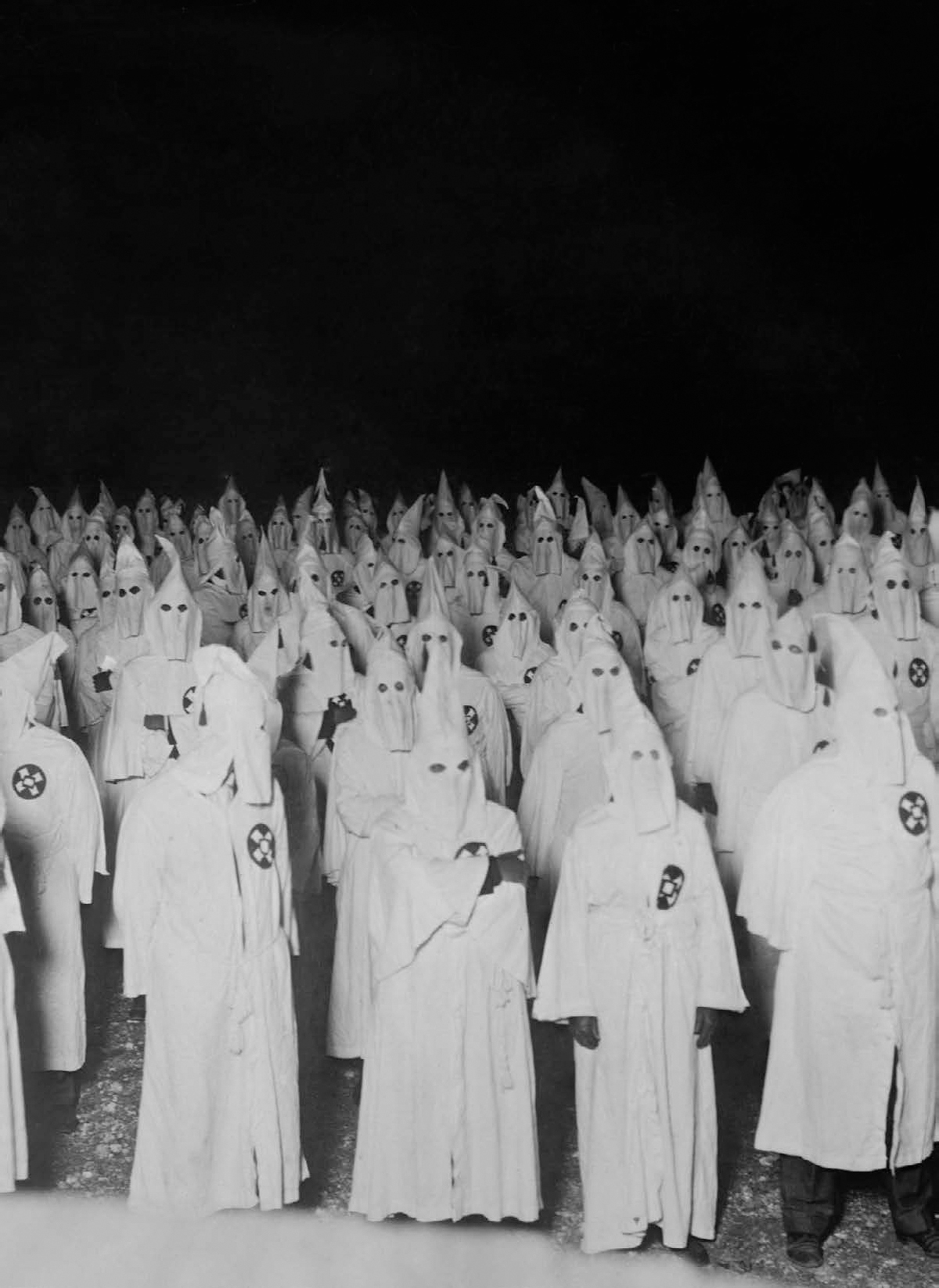
Members of the KKK struck terror into the hearts of black Americans, who knew they could be targeted at any time even if they had done nothing wrong. Because of the groups strong hold on the South, many black people moved to the North.
Like some European immigrants, who had heard rumors that New Yorks streets were paved with gold, the reality of the city may have disappointed some African Americans. Unskilled black women living in Harlem labored as maids, dressmakers, beauticians, and cooks. Men were hired as elevator operators, shoe shiners, porters, doormen, messengers, waiters, janitors, and day laborers. However, even these low-paying jobs presented better opportunities than those in the South. Additionally, unlike most of the South, Harlem had many black-owned shops and restaurants as well as opportunities for black professionals, including lawyers, doctors, nurses, teachers, and preachers.
Spreading Cultural Influence
While a few black business owners, landlords, and artists were financially successful, many Harlem residents remained poor before, during, and after the renaissance. However, the mix of old and new culturesfrom the South, New York City, and foreign countries provided artistic inspiration for those leading the Harlem Renaissance. As history professor Cary D. Wintz wrote in


